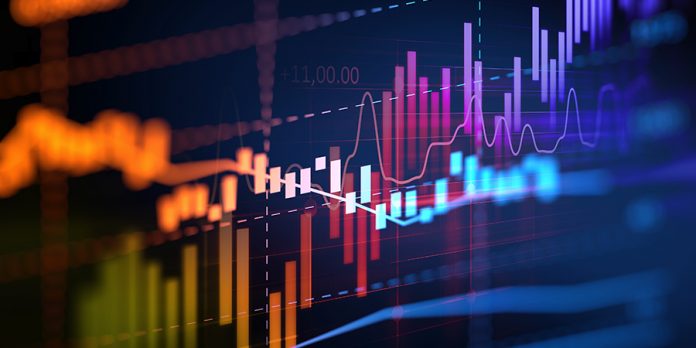Stocks erupted for a huge gain at the open before receding through noon. The Dow, S&P, and Nasdaq Composite all gave up the majority of their initial returns as the short squeeze that began yesterday faded.
Treasury yields popped, too, as the 10-year yield climbed above 4.00% once more. Treasurys didn’t really join in on yesterday’s rally, signaling that the market’s gains might not stick.
Treasurys typically move in tandem with equities.
Instead, Treasurys barely budged while stocks soared. Heavy Treasury selling this morning then dragged stocks down intraday.
We observed last week that any sustained move above 4.0% for the 10-year Treasury yield would result in a major stock downtrend. The longer the 10-year remains above 4.0%, the worse things will get for bulls.
But stocks got off to a strong start this morning on another bank earnings beat from Goldman Sachs (NYSE: GS), following Bank of America’s (NYSE: BAC) surprise beat from yesterday.
Goldman CEO David Solomon acknowledged that the bank surpassed analyst estimates but also issued a warning that there’s a “good chance” a recession will soon arrive for the US.
“That environment heading into 2023 is one that you’ve got to be cautious and prepared for,” he said in a CNBC interview.
Analysts remain paralyzed amid the recent volatility.
“As we continue to remind you, [Monday’s] outsized move is not on its own historically indicative of either a healthy market or an investable low,” wrote DataTrek Research Co-Founder Jessica Rabe in a note.
Rabe’s right in that big moves are par the course for markets these days, and traders shouldn’t necessarily take them as buy or sell signals without further confirmation.
Longer-term, strategists remain concerned about the earnings backdrop even if a short-term rally materializes heading into the holiday season.
“3Q and 4Q earnings should confirm fundamentals remain anchored in resilient labor market and Covid reopening. Equity valuation will likely remain tied to global central bank rhetoric and rates, which is turning incrementally less negative. As such, we see equities primed for upside into year-end on resilient 2H22 earnings, low equity positioning, very negative sentiment and given more reasonable valuation,” said Dubravko Lakos-Bujas, JPMorgan’s head of global macro research.
“Next year, however, we expect a more challenging earnings backdrop relative to current expectations.”
Lakos-Bujas is essentially telling clients to commence with dip buying. And, given how far stocks have fallen this year, it certainly seems like good long-term investing advice.
But JPMorgan has also been saying this for months on end. Every dip was followed by additional selling that only intensified as dip-buyers capitulated.
Until the S&P can set a higher low in the short term, every rally should be looked at with extreme scrutiny. That includes yesterday’s short squeeze.
Low liquidity and a move to cash from Wall Street’s biggest banks have left markets open to massive volatility spikes, making it difficult to interpret the market’s day-to-day price action.
That’s why looking for easy-to-identify trend formations – like a higher low (bullish) or lower low (bearish) – has become so important, especially in the wake of two short squeezes over the last four trading sessions.








